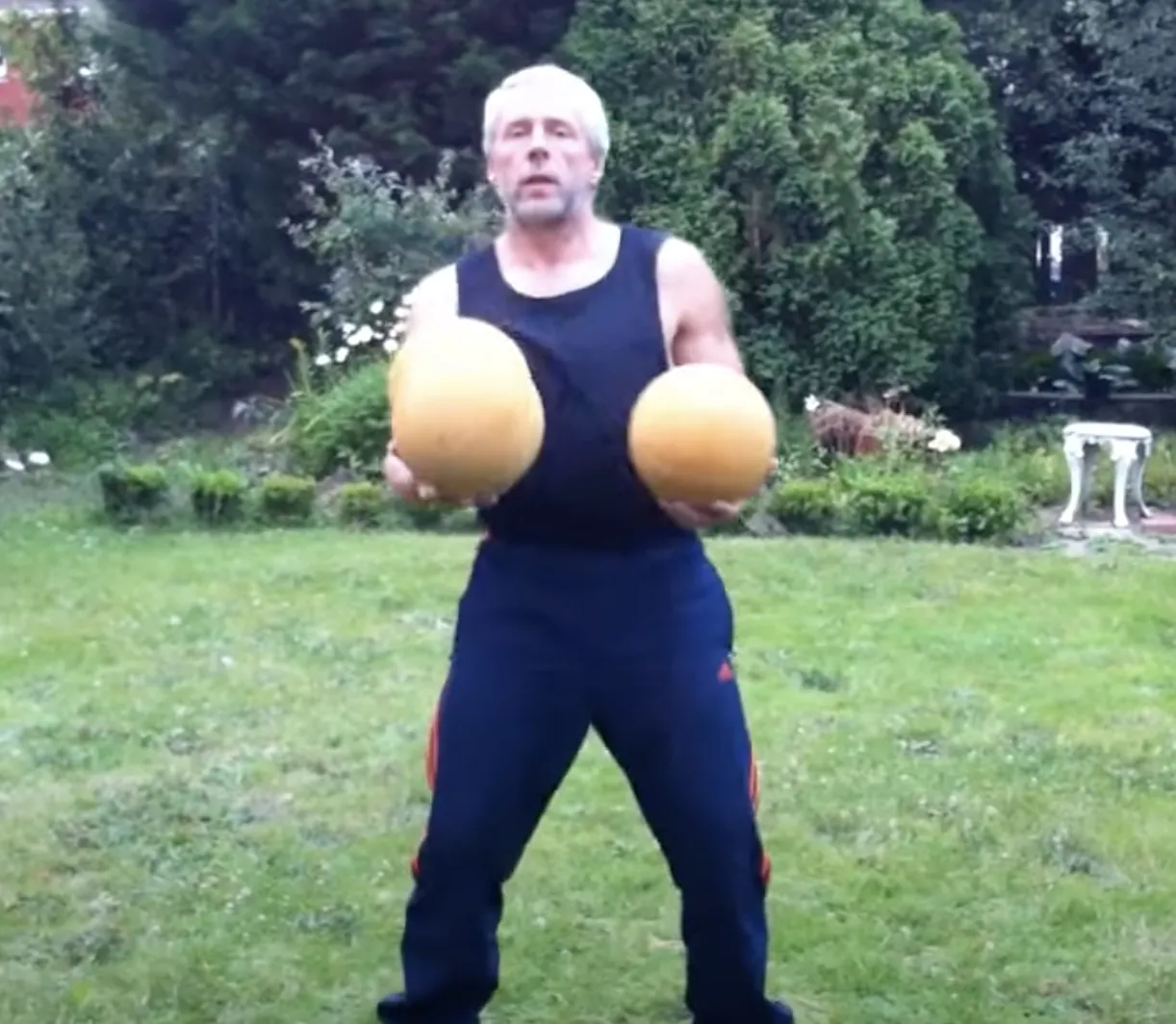Is it Better to Use Heavy or Lightweight Juggling Balls

| Juggling Ball Type | Pros | Cons |
|---|---|---|
| Heavy | Stability, Predictable Arc, Workout | Quicker Fatigue, Limited Air Tricks |
| Lightweight | Agility, Variety of Tricks, Comfort | Sensitive to External Factors, Precision Required |
What Factors You Should Consider
In my journey as a juggler, several factors influenced my preference between heavy and lightweight balls.
These include:
Skill Level
When I was starting out, I found the predictability of heavy balls more forgiving. The clear arc they followed made it easier to anticipate their landing, which was crucial as I was building my foundational skills.

On the other hand, as I advanced, the agility and swift movement offered by lightweight balls opened a new realm of tricks and routines for me. Their unpredictable nature also provided a refreshing challenge.

| Factor | Heavy Balls | Lightweight Balls |
|---|---|---|
| Performance Setting | Better for outdoor settings with unpredictable conditions due to stability and resistance to disturbances. | Preferred for indoor settings. Agility makes for a dynamic performance without wind disturbances. |
| Personal Comfort | Gives a good arm workout but leads to quicker hand fatigue. | Easier on the hands, ideal for longer practice sessions or performances. |
| Type of Tricks | Suited for ground tricks or routines where stability is needed due to a predictable arc. | Perfect for air tricks or routines that require rapid transitions due to swift movement. |
| Audience Preference | Control and stability can be more appreciated in certain settings. | In settings like street performances, agility and swift air movements can garner more applause. |
Performance Setting - Indoors or Outdoors
If I was performing indoors where external conditions like wind weren’t a factor, lightweight balls were often my choice. Their sensitivity wasn’t much of an issue, and their agility made for a more dynamic performance.
However, for outdoor performances or situations with unpredictable conditions, I leaned towards heavy balls for their stability and resistance to disturbances.
Personal Comfort - Heavy Balls = Bigger Muscles

After juggling for extended periods, I noticed a significant difference in hand fatigue between the two types. Heavy balls gave my arms a better workout but also led to quicker fatigue. Lightweight balls, being easier on the hands, were my go-to for longer practice sessions or performances.
Type of Tricks
Some tricks are more suited to one type of ball over the other. Heavy balls, due to their predictable arc, were my choice for ground tricks or routines where I needed stability. Lightweight balls, with their swift movement, were perfect for air tricks or routines that required rapid transitions.
Audience Preference - The Crowd Goes Wild!

Surprisingly, audience preference played a role too. In some street performances, the dramatic flair of lightweight balls moving swiftly through the air garnered more applause, while in other settings, the control and stability of heavy balls were more appreciated.
Conclusion
In conclusion, while there's no definitive answer to whether heavy or lightweight juggling balls are better, the decision should be based on a combination of individual preference, performance requirements, and the factors mentioned above.
Both have their merits, and in my experience, the joy of juggling comes not from the weight of the balls but from the thrill of the performance itself.
we may earn a commission if you click through and make a purchase.

